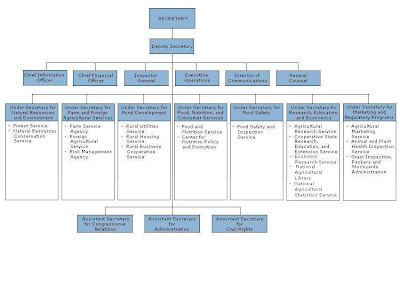
Read the 'Description' in the insert included in the inhaler box. The inserts read:
VENTOLIN HFA is intended for oral inhalation only. Each unit contains a microcrystalline suspension of albuterol sulfate in propellant HFA-134-a (1,1,1,2-tetrafluoroethane).Of course, one could also avoid the propellants altogether by using the nebulizer, where the albuterol medication is in sodium chloride (salt water).
PROAIR HFA is intended for oral inhalation only. Each unit contains a icrocrystalline suspension of albuterol sulfate in propellant HFA-134-a (1,1,1,2-tetrafluoroethane) and ethanol.
Although we like the chlorofluorocarbon (CFC) inhalers better, they destroy atmospheric ozone that protects us from the negative effects of ultra violet radiation. In accordance with an FDA Final Rule and under the authority of the Clean Air Act of the U.S. Environmental Protection Agency, no CFC-propelled albuterol inhalers can be produced, marketed, or sold in the United States after December 31, 2008. How depressing. It is estimated that these inhalers destroy less than 1% of atmospheric ozone.
The spray from the HFA inhaler tastes and feels different than the spray from the CFC-propelled albuterol inhalers (albuterol is the medication). The spray from an HFA inhaler is also less forceful than the CFC inhalers. Whereas the CFC relief is virtually instant, the HFA seems to take about 30 seconds. MORE.
Source: U.S. FDA Consumer Health Information
Metered Dose Inhalers
FDA Safety Update: Asthma Medications
FDA's Web Page on Eliminating Ozone depleting Substances from Metered-Dose Inhalers
Disclaimer: CECE makes no claims of medical expertise regarding the opinions expressed above, nor is our president a doctor and his observations are in no way recommended to the public as any sort of certified medical advice. By utilizing any of this infomation as your personal medical guide, you 'hold harmless' CECE, its officials and assigns from any resposibility for your own actions.
















































